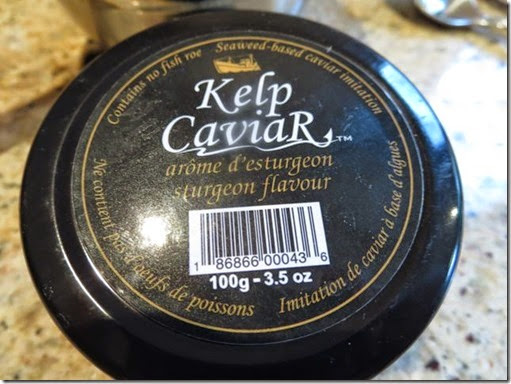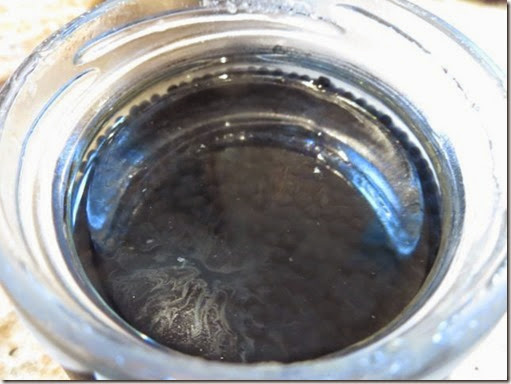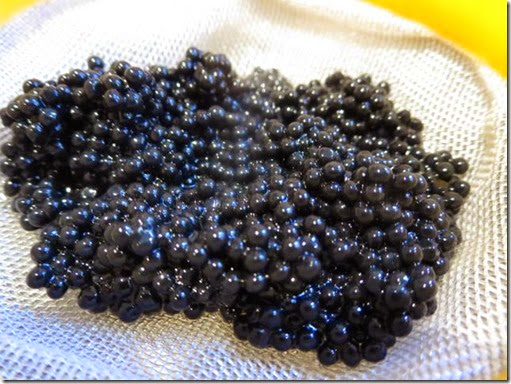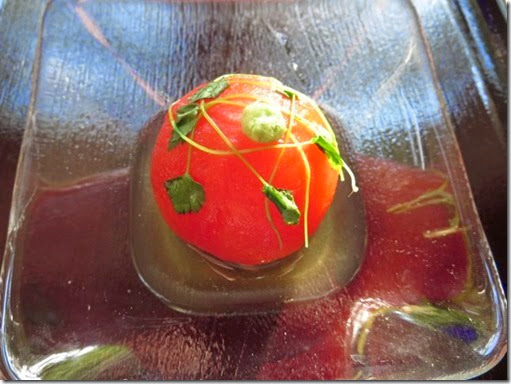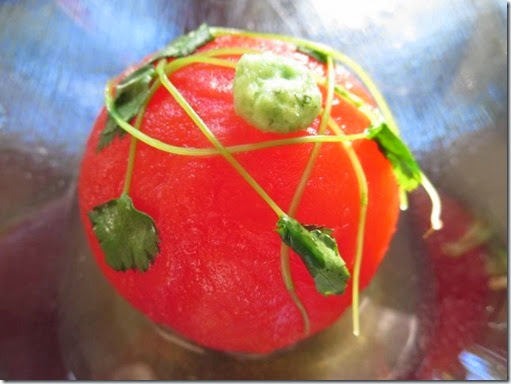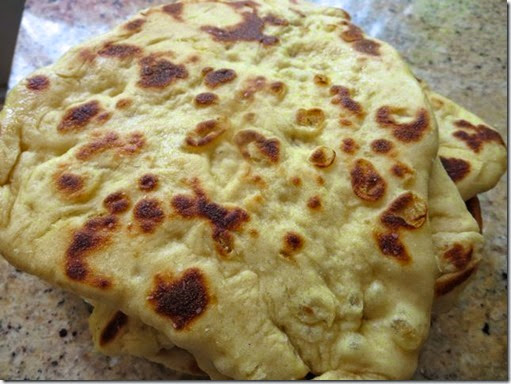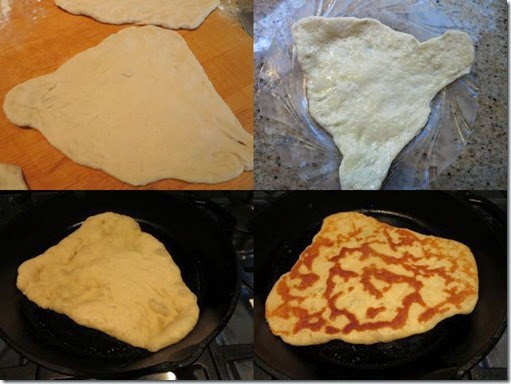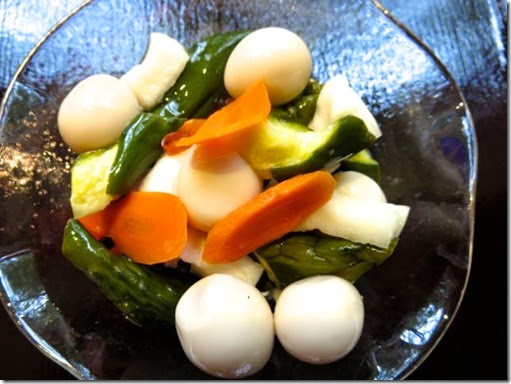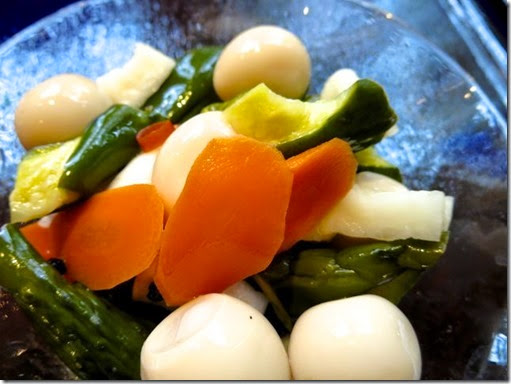My childhood memories growing up in Sapporo include a type of sweet bun/bread called "kashi pan" 菓子パンor cake or sweet bread. Being a kid, sweet anything was preferable, although I did not particularly care for very sweet bread especially with a sweet filling. One of these is "
Melon pan*"
メロンパン. Where I grew up, Melonpan was a round bun coated with crystalized sugar called "zarame" ザラメ 粗目 but no filling. Much later, I learned that there are quite a few regional variations to this bread. There is one variation called "Sun rise" サンライズ. What I had in Sapporo appears closer to "Sunrise" bread but it was called "Melonpan". I read several extensive discussions on this subject in
the food anthropology column (in Japanese) I follow.
* "Pan"パン means bread in Japanese which apparently was introduced by Portuguese missionaries and the Japanese word "Pan" was said to have originated from the Portuguese word "
pão". The Spanish word for bread is "
Pan" and French is also close "
Pain".
In any case, my wife developed a taste for melonpan on a recent visit to Japan. Melonpan is generally not available here so since she really liked it, my wife decided she would have to make it herself if she wanted to eat it. I looked for recipes and the only ones I found were in Japanese. I selected
one in Japanese and translated it for her. After some trial-and-error, she perfected her Melonpan recipe. Hers are not as sweet as I remembered and she does not use sugar icing. I found myself really liking her Melonpan. She tried making it several times--making ones with and without cream custard filling. She found that covering the entire "bun" with cookie dough was rather difficult to do. Based on the "sunrise" bread she now only covers the top of the bun with cookie dough. This accomplishes the same effect but with much less effort. She also found that she has to use more flour than specified in the Japanese recipe. She surmised that the flour must be slightly different. She also found that the instructions for assembly in the Japanese recipe were almost impossible to do. So she developed a different method which is much easier and has more reliable results.
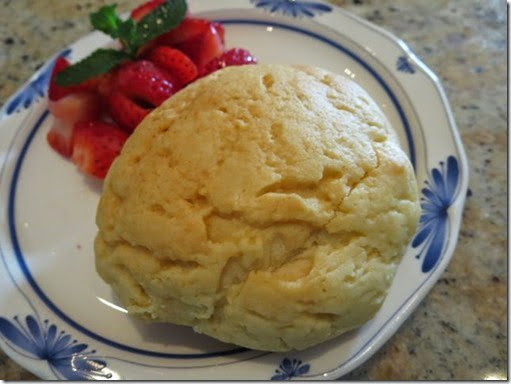
She does not brother with scoring the cookie layer or garnishing with sugar. It naturally creates a "dry earth" pattern which looks good to us. Both types of buns, with and without custard filling are good but we like the ones with custard filling.
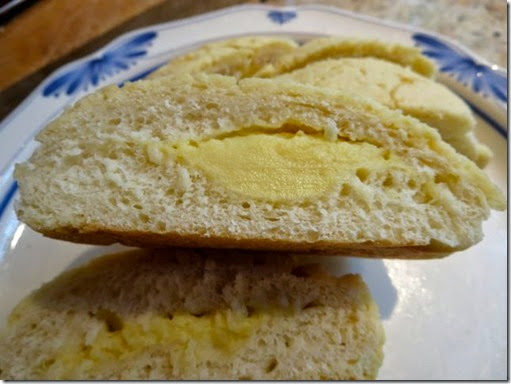
She makes 10 buns at a time and she freezes those we do not eat immediately. They warm up nicely in the microwave.
I asked my wife to fill in the rest.
These buns are a labor of love because they involve a lot of steps but for devotees of melonpan these are wonderful.
Ingredients (10 rolls):
Bread dough
Bread flour 344 g (or 2 and 1/4 cup)
Dry yeast 1 and 1/2 tsp
Butter 8g(or 1/2 tbs)
Salt 1 tsp
Milk 50CC
Warm Water 150CC
Combine the milk, sugar, butter and salt. Warm the mixture to scald the milk and dissolve the sugar and salt and to melt the butter. Remove from heat a let it cool to room temperature. Proof the yeast in the warm water. Put half the flour in a mixer with a dough hook. Add the liquids to the flour. Mix adding more flour in small amounts until the flour reaches a smooth consistency and forms a ball around the hook. (as with all bread the amount of flour is variable. You may need to add a bit more flour to reach the right consistency). Knead in the mixer for 7 to 10 minutes. The dough should be very soft but not very sticky. Take the dough ball and put it into a bowl with a small amount of vegetable oil in the bottom. Coat the ball with the oil then cover and place in a warm place until doubled in size.
Cookie Dough
Cake flour 148g (1 1/4 cups + 2 tbs)
Baking Powder ½ tsp
Butter 60g(or 4 1/2 tbs)
Sugar 50g
Beaten egg 25g
Melon oil (or vanilla essence) 3/4 tsp or to taste
Add the baking powder to the cake flour and put aside. Cream the butter and sugar. After it becomes fluffy and light yellow add the egg and beat until fully incorporated and fluffy. Add the vanilla and incorporate. Add the flour to the butter/egg mixture and quickly stir until just incorporated. The mixture should be soft and slightly sticky but should be firm enough to hold its shape and work with. If it doesn’t have this consistency add a bit more flour. I flatten the cookie mixture into a square sheet and wrap in plastic wrap. I put it into the fridge to cool completely.
Custard Cream
Egg yolk (medium) x2 (set aside)
Milk 200ml
Sugar 35g
Cake flour 26 g (or 3 tbs.)
Vanilla 1 tsp
Mix the milk sugar and cake flour in the top of a double boiler. When the mixture starts to thicken use several tablespoons of it to “temper” the egg yolks then add the tempered egg yolks to the heated mixture. Add the vanilla. Stir constantly until the mixture becomes very thick. Immediately remove it from the heat a put into a bowl. Cover the surface with plastic wrap to prevent a skin from forming while it cools. Set aside until completely cooled.
The custard has to be thick enough to hold its form when cooled—about the consistency of soft butter (see picture 2 below).
Assembly:
After some trial and error and several disasters trying to follow the method in the Japanese recipe, I came up with this method which seems to work best. After the dough has doubled, deflate it and divide into 10 equal pieces (I do this by weighing the entire ball then dividing it into 10 pieces of equal weight. (cover with plastic wrap to keep moist). I divide the custard into 10 equal weights the same way. (notice the cream has the consistency of soft butter. If the cream is too soft or runny, as it was when I followed the Japanese recipe exactly, it will run off the bread and the edges can’t be sealed). I also divide the cookie dough into 10 equal weight pieces.
I divide the 10 equal weight balls of dough in half. I flatten them into rounds as shown in picture 1. I place the pre-weighed cream on one of the rounds shown in picture 2. I take the second round and cover the cream. I crimp the edges to seal (picture 3). I then take the pre-weighed cookie dough put it between two pieces of plastic wrap and using a small rolling pin make a round large enough to cover the dough (picture 5). I put the assembled bun on a cookie sheet far enough away from any other bun so the sides don’t touch after they rise (picture 5). I let the 10 assembled buns rise until almost doubled.
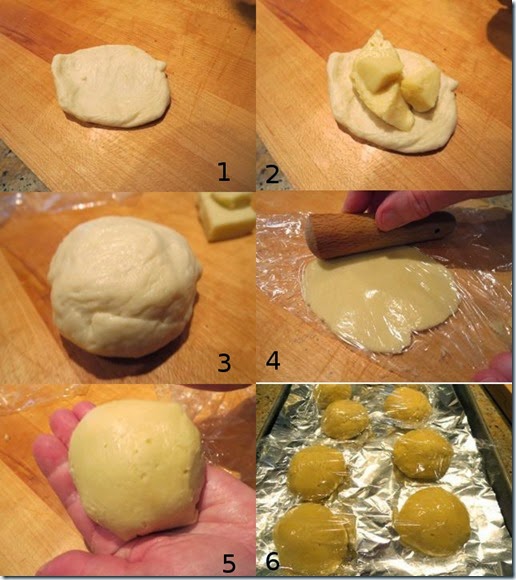
I bake them in a 350 degree oven for 20 minutes until they are lightly golden brown. These buns are wonderful. They can also be made without the cream inside. The cookie on top really makes them. They are lightly sweet and the custard has a wonderful vanilla flavor. They are a bit of work to make but worth every mouthful.




